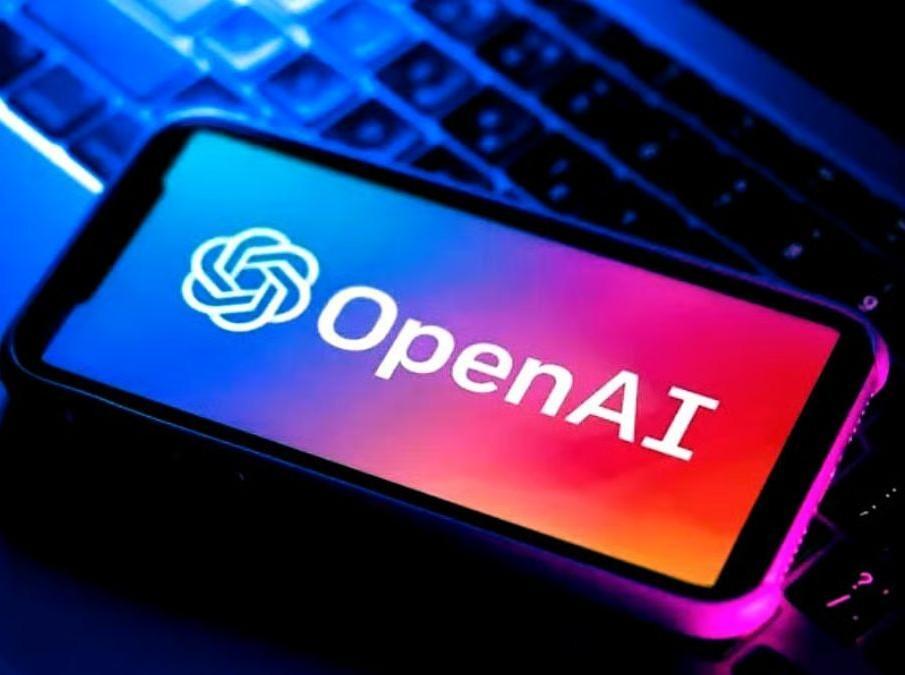
OpenAI Releases Downloadable AI Models for Public, Offline Use
In a groundbreaking move, OpenAI has released two AI models, gpt-oss-120b and gpt-oss-20b, for public use. For the first time since 2019, the company is allowing anyone to download and run the full model on their own computer. This means that users have complete control over the AI model, without relying on OpenAI or requiring internet access, expensive subscriptions, or permission.
This development is significant because it gives individuals and organizations the freedom to use AI models without being tied to a specific platform or provider. The release of these models marks a major shift in the way AI is developed and utilized, and its implications are far-reaching.
So, what are these AI models, and why is their release so important?
What are gpt-oss-120b and gpt-oss-20b?
gpt-oss-120b and gpt-oss-20b are two AI models developed by OpenAI, a leading artificial intelligence research organization. The “gpt” in the model name stands for “generative pre-training,” which refers to the model’s ability to generate human-like text. The “oss” stands for “open-source software,” indicating that the models are being released under an open-source license.
The two models differ in their size and capabilities. gpt-oss-120b is a larger model with 120 billion parameters, while gpt-oss-20b has 20 billion parameters. The larger model is capable of more complex tasks, such as generating longer and more coherent text. The smaller model is more suitable for smaller-scale applications, such as chatbots or language translation.
Why is this release significant?
The release of these AI models is significant for several reasons:
- Control: By releasing the models, OpenAI is giving users complete control over their use. Users can modify the models, train them on their own data, and use them for any purpose they see fit.
- Offline use: The models can be run offline, without requiring internet access. This makes them suitable for use in areas with limited connectivity or for applications where data confidentiality is crucial.
- Open-source: The models are released under an open-source license, which means that anyone can access, modify, and distribute the code. This encourages collaboration, innovation, and community development.
- Decentralization: The release of these models marks a shift towards decentralization in AI development. Instead of relying on a single provider or platform, users can now develop and use AI models independently.
- Accessibility: The release of these models makes AI more accessible to individuals and organizations that may not have had the resources or expertise to develop their own AI models.
What are the potential applications of these AI models?
The potential applications of gpt-oss-120b and gpt-oss-20b are vast and varied. Some potential uses include:
- Chatbots: The models can be used to create more intelligent and conversational chatbots.
- Language translation: The models can be used for language translation, enabling more accurate and natural-sounding translations.
- Content generation: The models can be used to generate content, such as articles, blog posts, or social media updates.
- Summarization: The models can be used to summarize long pieces of text, such as articles or documents.
- Creative writing: The models can be used to generate creative writing, such as poetry or short stories.
Conclusion
The release of gpt-oss-120b and gpt-oss-20b by OpenAI marks a significant moment in the development of AI. By giving users complete control over the models and making them available for offline use, OpenAI is empowering individuals and organizations to develop and use AI models independently. This shift towards decentralization and openness has the potential to accelerate innovation and growth in the field of AI.
Source:






